A few days back, I posted some fun facts about bees. They are beyond a mere honey producer but also play a crucial role in our environment. From producing honey to pollinating crops, here’s everything you need to know about bees.
If the bee disappeared off the face of the Earth, man would only have four years left to live. No more bees, no more pollination, no more plants, no more animals, no more man.
Albert Einstein
This quote is alarming yet true.
Life without Bees: Imagining a World Without Their Buzzing Presence
According to the Food and Agriculture Organisation, over 100 crop species give 90 % of the food, and out of these 71 crops need bees for their pollination. Not just in the US, but this holds for Europe as well with over 84% of their crop species existing, thanks to pollination.
Bee Blues: The Troubling Decline of Our Pollinator Partners
Despite their immense importance in our environment, their numbers are sadly declining. Why? Thanks to humans and the use of a particular fertilizer- neonicotinoids. This chemical was the reason behind the mass death of bees, according to the European Food Safety Agency (EFSA). This particular chemical interferes with the learning circuit in the bee’s brain, making them slow learners and forget basic survival mechanisms. They eventually die of starvation.
Not just fertilizers, but climate change too has an impact on the bees. The strength of chemical signals sent out by the flowers reduces and the bees cannot locate them, thanks to air pollution. It also affects the quantity and quality of nectar.
Are you aware of any other reasons bees might decline? Comment your answer below.
With a few changes and a ban on certain fertilizers, we might still be able to save bees.
Up until now, we have seen the sad part. Let’s look at the bright side of bees and explore some interesting facts about them.
Busy Bees: The Sweet Labor Behind Every Pound of Honey
To make a pound of honey, a bee needs to make a staggering 2 million flower visits. They fly 55000 miles back and forth to bring that honey. They cover about 50-100 flowers in a single trip. No wonder they are called ‘worker bees’. They do not sleep. They can see intricate ultraviolet light patterns on the flowers that help them navigate.
Honeycomb Might: Unveiling the Surprising Strength of Nature’s Architecture
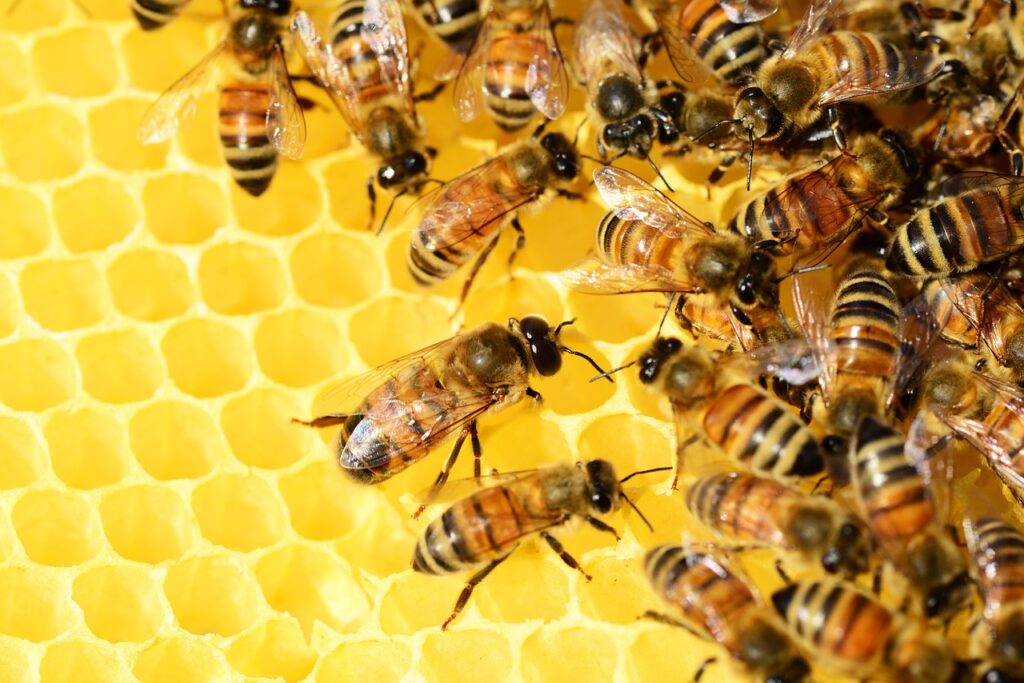
The honeycomb is a hexagon- shaped structure, with a wall thickness of 2/1000 inch. This is 25 times their weight but they can still support the large number of bees. The comb is made of bee wax which the worker bee secretes from specialised glands in their abdomen. After flaking off the bees, other workers chew on the wax to make it soft and mold it into a characteristic hexagonal shape.
Winged Wonders: The Lightning Speed of Bee Wings in Action
They beat their wings 11,400 times per minute! That is what makes the buzzing noise. They use their forewings and hindwings to fly. In addition to flying, bees flap their wings to move throughout the beehive to keep it cool and spread the pheromones. It can also be used to evaporate moisture from the nectar (you will read about this soon).
Forever Sweet: Unlocking the Timeless Mystery of Honey’s Eternal Shelf Life
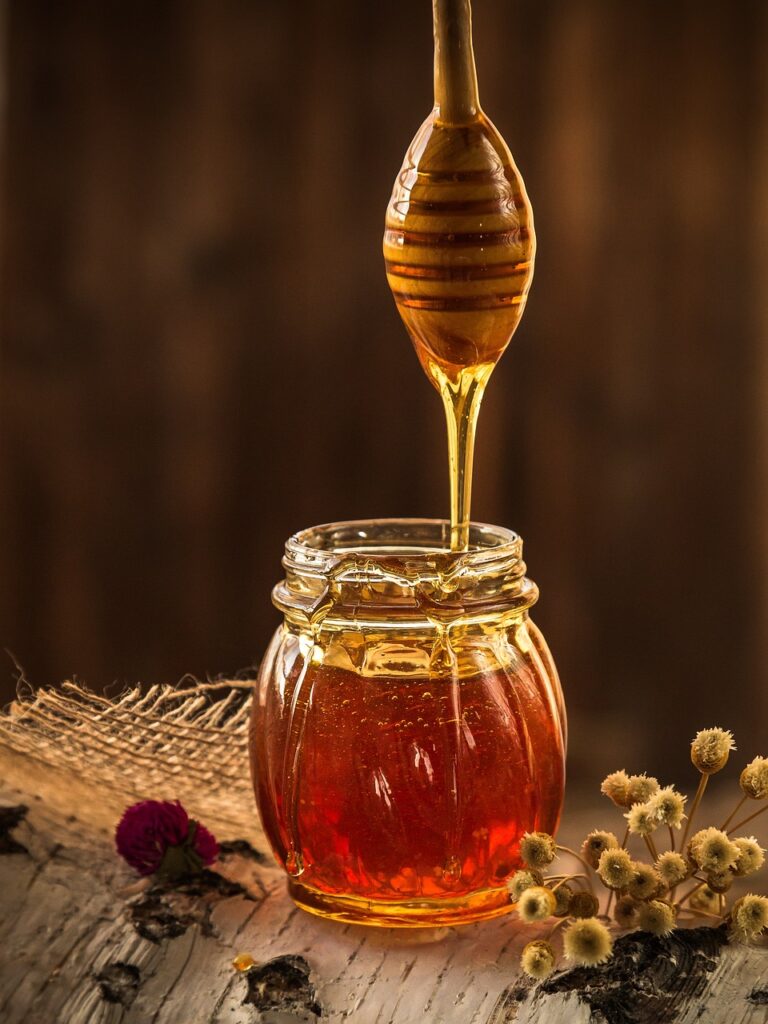
A pot of honey was found in very good condition in the tomb of King Tutankhamen in Egypt. They do not spoil because honey has natural preservatives and bacteria cannot grow on them. Under the right environmental conditions, its antimicrobial properties can be exploited for its use as a preservative. One can preserve fruits, berries, and even herbs using honey.
Home Sweet Hive: How Bees Adapt and Transform Any Space into Their Sanctuary
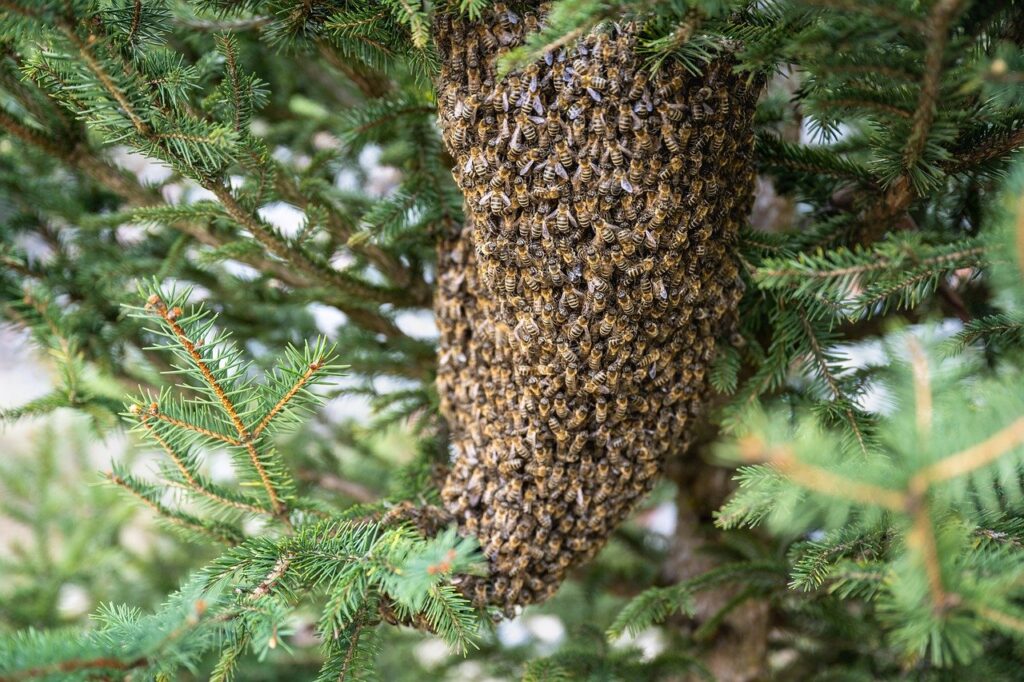
They can live anywhere including marshes, shingles, dunes, soft cliffs, heathlands, wetlands, chalk grasslands, quarries, gravel pits, sea walls, and even post-industrial land. I’m sure you must have spotted a hive in your neighborhood.
Buzzing Back: Strategies to Revitalize a Struggling Honeybee
If you ever find a honey bee or bumble bee struggling for its life, it most probably needs energy. In that case, just carefully place the bee on a bee-friendly flower. If you do not find one, just make a quick solution of a 50-50 mixture of water and white sugar. This will give an instant boost of energy for the bee giving it the necessary carbs for it to fly.
Nature’s Dancers: Unveiling the Mesmerizing Moves of the Honeybee
They perform a dance move called the waggle dance. We have seen dance playing an important role in 2 animals in this blog- peacocks and sea horses. But, this is not a dance move, but rather a form of communication to find the best source of food. They require a special chemical called the pheromones for the waggle dance. The dance resembles the shape of the number 8. The queen bee releases her distinct pheromone called the Queen Mandibular Pheromone (QMP).
From Larvae to Royalty: Unraveling the Royal Transformation of Honeybee Queens
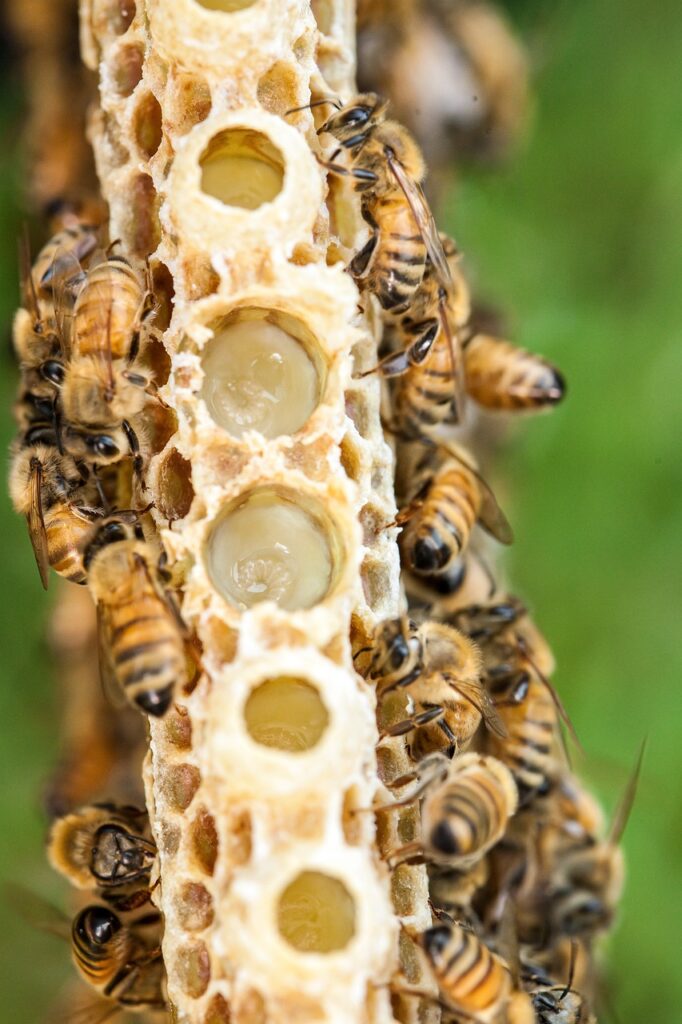
If a queen bee dies, the hive workers randomly select a larvae and feed it with a special royal jelly. This eventually becomes their new queen. The royal jelly is a milky substance found secreted by a gland in the head of a worker bee. Initially, all larvae are fed with the royal jelly including the queens, drones, and workers. But the drones and workers stop eating them after three days.
Sacrificial Sting: Why Bees Pay the Ultimate Price for Defense
They generally do not sting. They only do so if they feel their hive is threatened. Although their stings are stronger than cobra venom, it will take 3800 bee stings to kill a human. Only females can sting as males do not have stingers. If the worker bee stings, it dies. But, the queen is always special. She can survive a stinging. It is not a pleasant experience to be stung by a bee. So, if you spot a female bee, run! Also, do not wear dark colours when you visit an apiary as bees react strongly to dark colors, which is why bee keeper’s suits are always white.
Nature’s Golden Elixir: how honey is made?
The bees collect a watery liquid from the flowers called the nectar. This is processed in their stomachs (yes, they have two stomachs- one for digestion and one to collect nectar) and regurgitate into the honeycomb cells. The bees fan their wings to remove excess moisture and that gives a final result- yummy sweet honey.
Decoding the Sweet Origins of the Term ‘Honeymoon’: A Romantic Journey Through History
The term was coined taking inspiration from the bees. The interesting story: An ancient practice exists where they give the newlyweds a month’s worth of mead, a fermented honey/ honey wine that improves fertility. Fermented honey is produced when raw honey is exposed to excess heat and moisture. This process enhances the good gut bacteria and aids in digestion. It also helps rejuvenate the skin.
Biomimicry Buzz: Inspiring Role of Bees in Design and Innovation

We recently saw a post on biomimicry where architects took inspiration from different elements of nature to design buildings. Bees have inspired the designing of micro air vehicles (MAVs) by aviation engineers. They have even inspired Scientists at Harvard University in the development of insect- like robots (tiny drone- like structures) for monitoring and exploring hazardous environments.

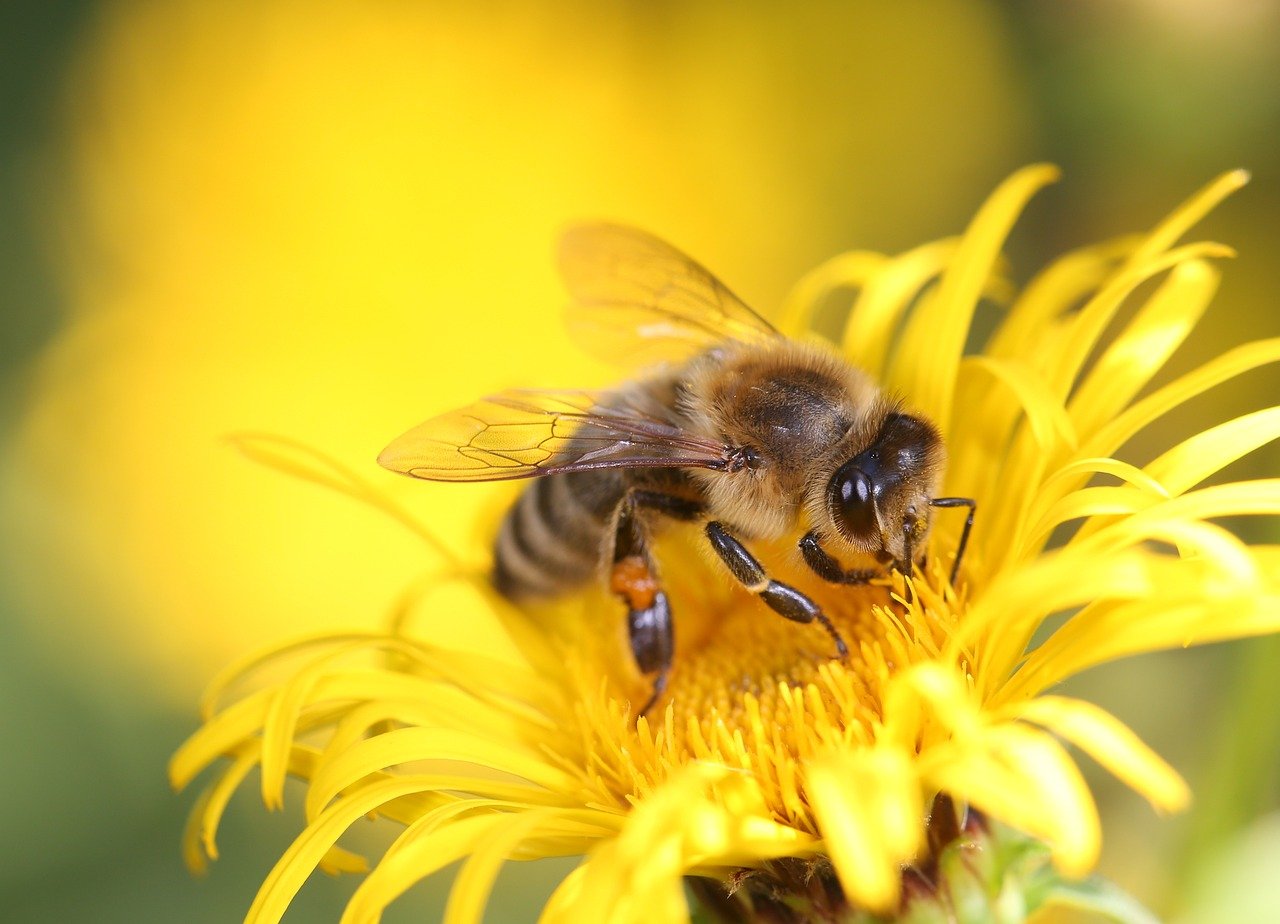
A good writeup about the Wonderful Bees , gave more insights
Thanks for sharing!